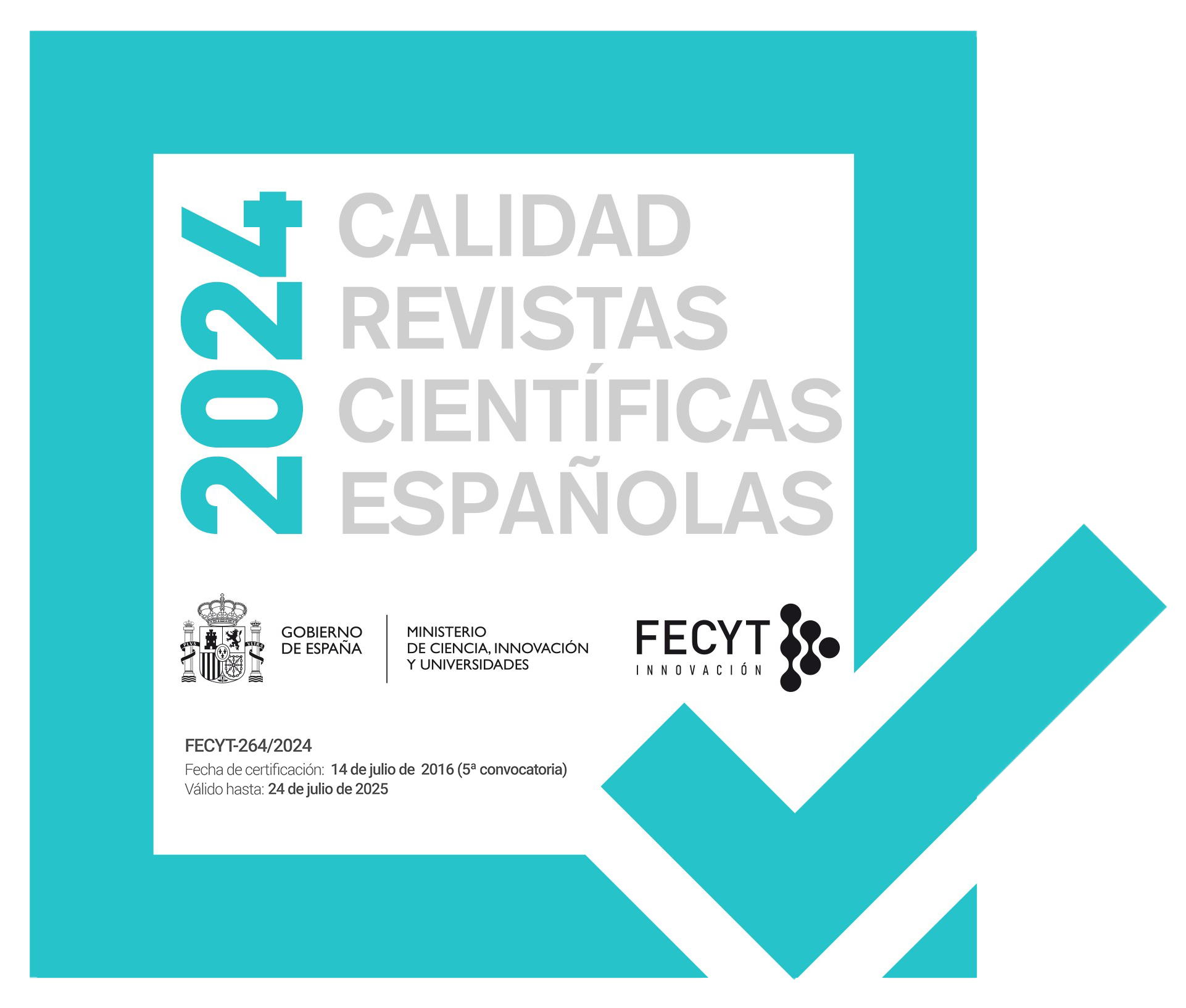Submissions
Submission Preparation Checklist
As part of the submission process, authors are required to check off their submission's compliance with all of the following items, and submissions may be returned to authors that do not adhere to these guidelines.-
A single PDF including:
- Manuscript
- Captions
- Figures
- Tables
Short note
Short Notes, for rapid high impact publication (no more than 10 double-line-spaced pages, including tables and figures).
Copyright Notice
Copyright
Geologica Acta is the property of the UB, GEO3BCN, IDAEA and UAB. Geologica Acta must be cited for any partial or full reproduction. Papers are distributed under the Attribution-Share Alike Creative Commons License. This license allows anyone to reproduce and disseminate the content of the journal and even make derivative works crediting authorship and provenance and distributing possible derivative works under the same license or an equivalent license.
Author Rights
Authors retain the copyright on their papers and are authorized to post them on their own web pages or institutional repositories. The copyright was retained by the journal from the year 2003 until 2009. In all cases, the complete citation and a link to the Digital Object Identifier (DOI) of the article must be included.
The authors can use excerpts or reproduce illustrations of their papers in other works without prior permission from Geologica Acta provided the source of the paper including the complete citation is fully acknowledged.
Privacy Statement
| Body responsible | Office of the General Secretary of the University of Barcelona |
| Objective | If you register as an author or reviewer, the objective will be to organize the completion of the different functions associated with the journal to which you register. If you register as a reader, the objective will be to send you information about the journal to which you register. |
| Legitimate basis | Consent of the interested party |
| Target audience | The University and those responsible for the processing, if applicable. The transfer of data to third parties is not covered, except when there is a legal obligation. |
| Rights | Right of access, right to rectification, right to erasure of your data, right to request data portability and restriction of processing. |
| Additional information | For further information, please visit this link: http://hdl.handle.net/2445/122803 |



